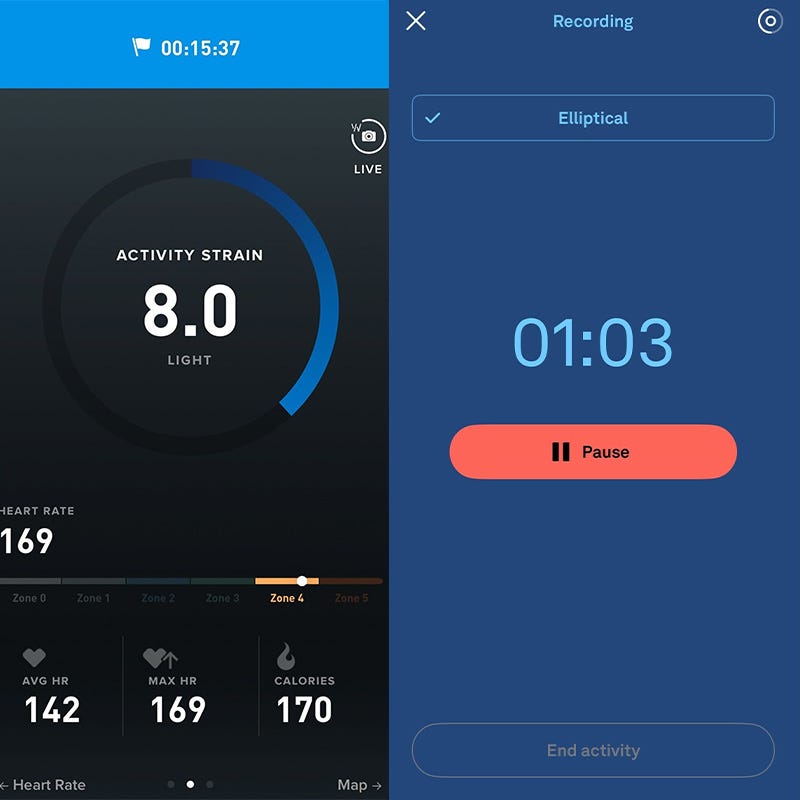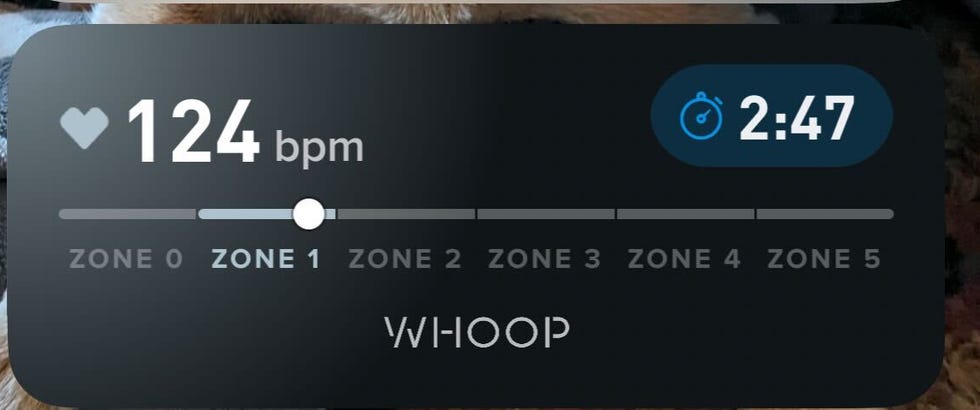Technology
Translucent Glowing eSports Accessories : Razer Phantom Collection
The Razer Phantom Collection has been announced by the eSports-focused tech brand as its latest lineup of products that are engineered to capture the spotlight thanks to their glowing design. The product range includes the Razer BlackWidow V4 75% Keyboard, the Razer Basilisk V3 Pro 35K wireless mouse, Barracuda X Chroma wireless headphones and Firefly […]
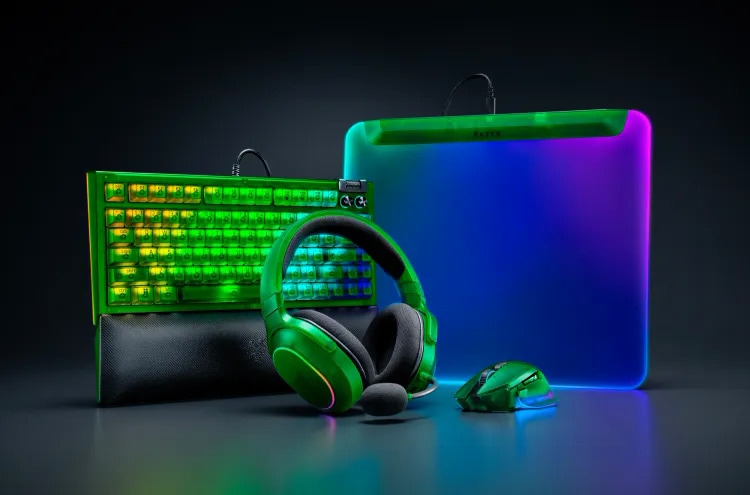
Global Head of Design Charlie Bolton spoke on the Razer Phantom Collection saying, “By revealing the inner workings of our devices, we’re not just showcasing our engineering — we’re turning each product into a statement piece that reflects the soul of innovation.”
Image Credit: Razer
Technology
Which is the Better No-Screen Fitness Tracker?
The smartwatch has become the default for fitness tracking for many runners and athletes. The screens on our wrists allow us to leave our phones behind and focus in, while still having up-to-date workout tracking at our fingertips. As the tech gets better, though, it’s also gotten smaller, and more compact screen-less options are all […]

The smartwatch has become the default for fitness tracking for many runners and athletes. The screens on our wrists allow us to leave our phones behind and focus in, while still having up-to-date workout tracking at our fingertips. As the tech gets better, though, it’s also gotten smaller, and more compact screen-less options are all the rage now. There is the smart ring, led by Oura, but lately Whoop has been leading the charge with a new screen-free form factor, the fitness band.
With so many similarities between the two leading devices, I figured most interested parties would need to choose one or the other. So, for the past month, I’ve been trying out both simultaneously to find which one is the more accurate fitness tracker—and more importantly which one I preferred using at the end of a month of workouts.
After four weeks of two to three days a week of mixed cardio and strength training, I’ve discovered that the tech behind both is great, but when it comes to exercise and fitness, I prefer the Whoop experience. Here’s why.
Working out with Oura Ring 4
I love wearing my Oura Ring. It fits great, only needs to be charged once a week or so, and is the most innocuous wearable I own. Even when I’m sweating on the elliptical, it doesn’t slip off. It’s perfectly comfortable for working out in. The rest of the experience is not as perfect.
To start, if you want any info while you’re exercising you need to get out your phone. The Oura app is primarily focused on sleep, lacking more advanced workout tracking, but it does have basic functionality for recording heart rate during activity.
If you’re taking a more passive approach to recording, Oura does have automatic detection and any activity you do will get recorded, with all the same info as if you’d done it manually. If all else fails, you can add workouts manually, which I found myself having to do on occasion of a shorter weightlifting session. Since this didn’t lead to enough sustained heart rate activity, no workout was detected. In general, I found the detection much better for running and cardio workouts.
Working out with Whoop MG
If you’re used to a watch, the Whoop band can have a bit of an adjustment period. I can’t tell you how many times I have checked for the time, only to remember there’s not even a small clock screen. But once I honed in on the band as a pure training assistant, I started to really fall in love with it.
Like with my Oura Ring, in lieu of a watch face, I found myself working out with my phone out. But compared to Oura, the Whoop app is way more tailored to fitness tracking. It’s not just sleep, but your daily stress and strain are always there up top, easily readable each time you open the app. When it comes to recording workouts, the Whoop app boasts an impressively long an in-depth list of activities, ranging from badminton to bartending. Once you start, you get all your vital metrics in real time, including your overall workout stress level which measures the ongoing intensity of your activity.
As you can see, the Whoop screen on the left gives you a lot more information. It’s vital stuff too, like heart rate and calories burned. If you let it, you can even see your heart rate, heart rate zone, and activity duration on your lock screen for quick mid-workout checks.
I also found, especially when I was sleeping in it, the battery life to last about a week, a bit less than promised. If you’re only using it for workouts the Whoop MG may last the advertised 14 days.
It’s worth noting that my main goal for workouts is weight loss, and I as an ex-runner I tend to do a lot of cardio. This is a great fit for fitness trackers, like Whoop and Oura, that mainly rely on heart rate monitoring. Which is mostly to say if you’re going to the gym to lift, there’s not much you’ll get out of it, but it’ll be perfect for tracking cardio.
Whoop also comes with a more confusing subscription model. When you purchase your band you choose the named subscription with it. If you want the Whoop 5.0 band, you can chose the starter One for $200 a year or Peak for $239. The latter includes more features and a nifty wireless charging pack. The Life subscription comes with all these features unlocked and a Whoop MG (which stands for medical grade and includes an ECG and blood pressure insights) for a total of $359 a year. Since it’s all wrapped up in one, the initial cost will be less than an Oura Ring… until that one year mark comes around and you realize you don’t really own your device.
A Quick Note on Sleep
This is a comparison focused on exercise and fitness features, but considering that A) sleep is a key part of your holistic health and B) these devices encourage you where them to sleep, I felt it important to briefly touch on.
At the start of the testing period, I set myself the goal of sleeping in both of the devices every night. It took less than a week for me to realize I was not a fan of sleeping with my Whoop band on, similar to how I hate sleeping with smartwatches. It’s uncomfortable and feels weirdly restraining.
In terms of sleep tracking data and sleep/readiness scores, my readouts from the devices were extremely consistent with one another. Oura and Whoop use the same metrics to determine these scores. This means it really just came down to comfort—and if that’s the deciding factor then Oura is the one I much prefer for sleep tracking.
Oura Ring 4 vs Whoop MG, Who Wins?
In general, I found there to be pros and cons to each of the screen-less wearables. With both the Oura Ring and Whoop, I felt pretty reliant on my phone if I wanted minute-to-minute vitals. Since a majority of this data is taken from heart rate, they also both prioritize cardio. For me, that lines up with my priorities, but for the plenty of people laser focused on their gains, there are mixed results here. Still, after a month of training with both I found it easy to make a decision.
Winner: Whoop
The Whoop band and its app feel more purposefully designed for fitness. While I definitely prefer the Oura Ring as a sleep tracker, the Whoop app and user experience is deeper and more versatile, casting a wide net for all types of athletes and performers.
Technology
An Israeli startup says its new technology will save the planet. Scientists have doubts
An Israeli startup says its new technology will save the planet. Scientists have doubts – myMotherLode.com Link 1

Technology
Aureal One Leads Web3 Gaming Revolution with DLUME Token
Aureal One, a pioneering platform in the Web3 gaming sector, has emerged as a standout investment opportunity in the rapidly evolving cryptocurrency market. By integrating blockchain technology with esports, Aureal One has created a skill-driven economy where players can earn crypto rewards based on their gaming prowess. The platform utilizes its proprietary blockchain, Aureal Chain, […]

Aureal One, a pioneering platform in the Web3 gaming sector, has emerged as a standout investment opportunity in the rapidly evolving cryptocurrency market. By integrating blockchain technology with esports, Aureal One has created a skill-driven economy where players can earn crypto rewards based on their gaming prowess. The platform utilizes its proprietary blockchain, Aureal Chain, and the DLUME token to ensure a transparent, fair, and rewarding gaming environment. Players’ performances are recorded on the blockchain, and they receive unique tokens for their progress, fostering digital ownership and a vibrant market.
Aureal One offers a variety of gaming experiences, including 1v1 duels and large-scale tournaments. The platform’s anti-cheat infrastructure and decentralized governance structure, planned for the last quarter of 2025, further enhance its appeal. With the current price of the DLUME token at $0.0013 and a growing number of live games, Aureal One is poised to attract more players and investors alike.
DexBoss, another notable project, focuses on providing powerful trading tools for Solana traders. Its wallet tracker and trade alert engine analyze on-chain data to identify the best trading opportunities. The platform’s innovative features, such as the “100 Wallet Groups” framework, allow users to track influential buyers and gain insights into Solana’s wallet behaviors. The DEBO token, priced at $0.01 with a total supply of 1 billion, grants access to premium features, making DexBoss an attractive proposition for traders seeking advanced tools.
While Aureal One and DexBoss represent the future of gaming and trading technologies, established cryptocurrencies like Bitcoin, Tron, and XRP continue to dominate the market. Bitcoin, with a market cap of around $2.17 trillion, remains a backbone asset for conservative investors. Tron, valued at $26.90 billion, is gaining users in the content sharing and entertainment sector. XRP, priced at $2.28 with a market cap of over $134 billion, has gained momentum post-litigation, making it a strong contender in the digital asset market.
As the crypto market continues to develop, investment opportunities arise from various sectors, with Aureal One leading the charge in Web3 gaming. The platform’s innovative approach to integrating blockchain technology with esports makes it a compelling choice for investors looking to capitalize on the growing intersection of gaming and digital assets. Meanwhile, DexBoss offers advanced trading tools for Solana users, further diversifying the investment landscape. Established cryptocurrencies like Bitcoin, Tron, and XRP remain strong players, providing stability and growth potential for investors.

Technology
TD Coliseum to augur Hamilton growth-vibrancy
Image: Oak View Group Hamilton’s (Ontario, Canada) redeveloped arena and entertainment venue is now officially called the TD Coliseum. ‘CBC’ stated that the TD Bank Group announced its multiyear naming rights sponsorship agreement recently which is going to augur well for the City of Hamilton. The TD Coliseum (formerly the FirstOntario Centre) is a sports […]


Image: Oak View Group
Hamilton’s (Ontario, Canada) redeveloped arena and entertainment venue is now officially called the TD Coliseum.
‘CBC’ stated that the TD Bank Group announced its multiyear naming rights sponsorship agreement recently which is going to augur well for the City of Hamilton.
The TD Coliseum (formerly the FirstOntario Centre) is a sports and entertainment arena at the corner of Bay Street North and York Boulevard in Hamilton, Ontario, Canada. Opened in 1985 as the Copps Coliseum it has a capacity to pack in 19,000 spectators. It has primarily operated as a hockey arena having hosted various professional and junior teams throughout its history.
Toronto (Canada)-based the Toronto-Dominion Bank and its subsidiaries are collectively known as the TD Bank Group (TD). TD is the sixth-largest bank in North America by assets and serves approximately 28 million customers in a number of locations in key financial centers around the globe.
Remarked Raymond Chun, TD Bank head honcho, “We are proud to take part in the revitalization of this iconic landmark. By securing the naming rights to the TD Coliseum we are not just investing in bricks and mortar – we are investing in the heart of the Hamilton community.”
The TD Coliseum is scheduled to open later this year after extensive renovations by the Oak View Group (OVG).
Greenwood Village (US)-based the Oak View Group (OVG), LLC is an American professional sports and commercial real estate company. It manages several sports venues including the 18,300-capacity Climate Pledge Arena in Seattle, Washington, which was constructed under the company’s supervision.
Asserted Tim Leiweke, Chairman and Chief Executive Officer (CEO), Oak View Group (OVG), “This milestone represents more than a financial investment – it’s a powerful affirmation of Hamilton’s growth, vibrancy and bright future.”
‘CBC’ further stated that the 19,000-seat venue in downtown Hamilton was first opened as the Copps Coliseum in 1985 in honor of the former Mayor of Hamilton Victor K. Copps and then named the FirstOntario Centre in 2014. Since the Oak View Group (OVG) began renovations in 2024 it’s been called the Hamilton Arena.
The project included a new façade, seating and artiste lounges as well as enhanced acoustics and sight lines.
In May, the Oak View Group announced that the Canadian culinary star Matty Matheson will be opening The Iron Cow Public House restaurant in the arena.
The Italian tenor Andrea Bocelli is scheduled to perform at the TD Coliseum on December 9th and the American country music singer Brad Paisley on December 12th. The Juno Awards will take place in the venue in 2026.
The Juno Awards (stylized as JUNOS) or simply known as the Junos are awards presented by the Canadian Academy of Recording Arts and Sciences to recognize outstanding achievements in Canada’s music industry.
In 2023, the Oak View Group signed a deal with the City of Hamilton and the Hamilton Urban Precinct Entertainment Group (HUPEG – a private sector consortium that manages and operates the TD Coliseum) to begin a $280 million renovation of the TD Coliseum.
A joint news release from the Oak View Group, HUPEG and the City in November of 2023 said the arena will have the “ability to accommodate larger shows alongside Toronto’s 19,800-capacity Scotiabank Arena”.
Continue to follow Coliseum for latest updates on venues business news. Coliseum is dedicated towards building the best global community of sports and entertainment venue executives and professionals creating better and more profitable venues.
Become a member of the only Global Sports Venue Alliance and connect with stadiums, arenas and experts from around the world. Apply for membership at coliseum-online.com/alliance and make use of the 365Coliseum Business.
« Previous News: Change of name for Minnesota Wild arena
Technology
Driving the Evolution of Esports
There is constant innovation in the world of gaming. E-sports have never been more exciting both for viewers and players. Games are becoming more immersive with Virtual Reality, they are more accessible than ever before with the rise of Cloud Gaming and Blockchain technology makes it as easy as ever to do safe and secure […]
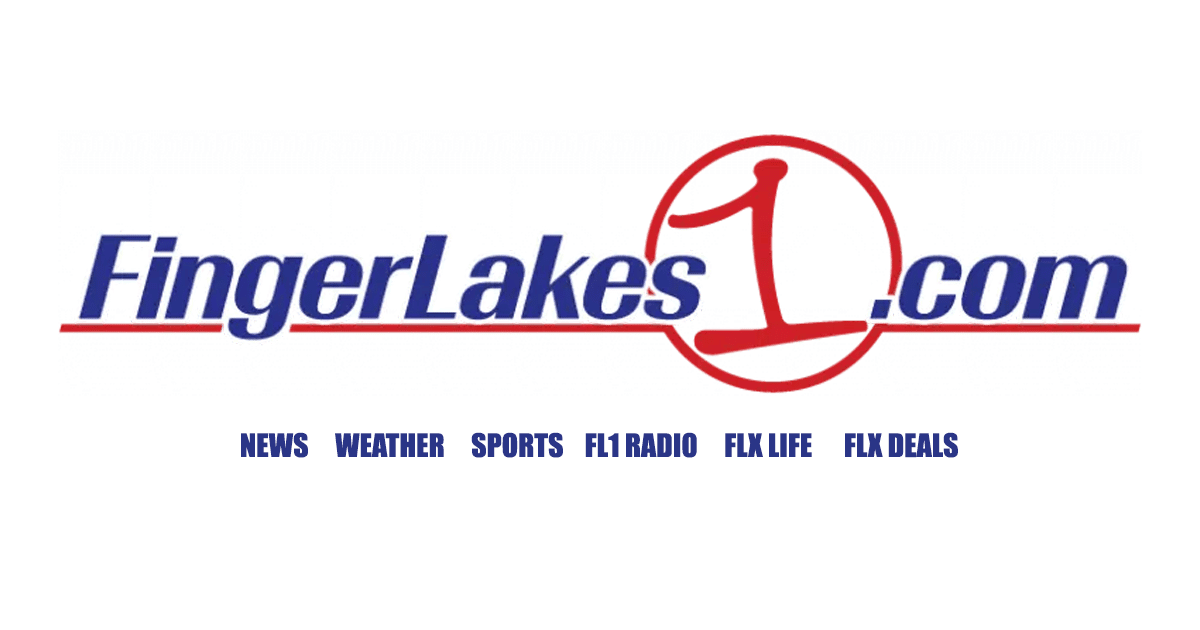
There is constant innovation in the world of gaming. E-sports have never been more exciting both for viewers and players. Games are becoming more immersive with Virtual Reality, they are more accessible than ever before with the rise of Cloud Gaming and Blockchain technology makes it as easy as ever to do safe and secure transactions in-game.
Cloud Gaming: Breaking Hardware Barriers
Cloud Gaming is making gaming more accessible by eliminating the need for high-end hardware to run games on. Gaming computers as well as gaming consoles are expensive, a solid Gaming PC can cost up to 2000€. Cloud Gaming fully removes the need to spend big on any gaming hardware. The games are being run in large datacenters with enough computing power to run any game at high resolutions and with good FPS. The game is being streamed to your local TV or gaming monitor. All you need is a controller to send inputs tot he datacenter and a good enough internet connection to download the video that is being streamed.
The Rise of AI in Esports Strategy and Training
AI has revolutionized E-sports and the way players train. AI makes it very easy to run through infinite amounts of data in a very small period of time. It has never been easier for e-sports players and coaches to find weaknesses or strengths in their team or individual gameplay. AI can also analyze opposition performances and plot tactics for your team to counter their strategies. As esports evolves, AI is becoming an indispensable tool for gaining a competitive edge,
Virtual Reality and Augmented Reality
Virtual Reality (VR) and Augmented Reality (AR) are pushing the boundaries of immersion in esports. VR transports players into completely new worlds, creating the most immersive gaming experience ever. Gaming has never been more interactive than with a VR headset. Augmented Reality on the other hand overlays digital elements onto the real world. AR is perfect for enhancing e-sports live events and user experiences.
The Role of Blockchain in Esports Integrity and Payments
Blockchain is playing a crucial role in enhancing transparency, security and speed in e-sports, particularly in areas like payments. Blockchains make processing transactions a lot easier. By providing a decentralized ledger, blockchains ensure fair transactions and combat fraud. In the realm of Counter-Strike, there are many CS2 gambling sites where players deposit and exchange skins. Blockchains add an extra layer of accountability by enabling verifiable outcomes and ensuring seamless, secure transactions.
Conclusion
The evolution of esports is being fueled by groundbreaking innovations in gaming technology. From Cloud Gaming, which removes hardware barriers, to AI-driven strategies that give players a competitive edge, the industry is advancing at an unprecedented pace. VR and AR are redefining immersion and audience engagement, while blockchain technology is enhancing security and transparency in esports transactions, including on CS2 gambling sites. As these technologies continue to develop, esports will only become more accessible, immersive, and competitive. The future of gaming is here, and it’s reshaping the way we play, watch, and interact with the esports world.
Technology
AI job predictions become corporate America’s newest competitive sport
In late May, Anthropic CEO Dario Amodei appeared to kick open the door on a sensitive topic, warning that half of entry-level jobs could vanish within five years because of AI and push U.S. unemployment up to 20%. But Amodei is far from alone in sharing that he foresees a workforce bloodbath. A new WSJ […]
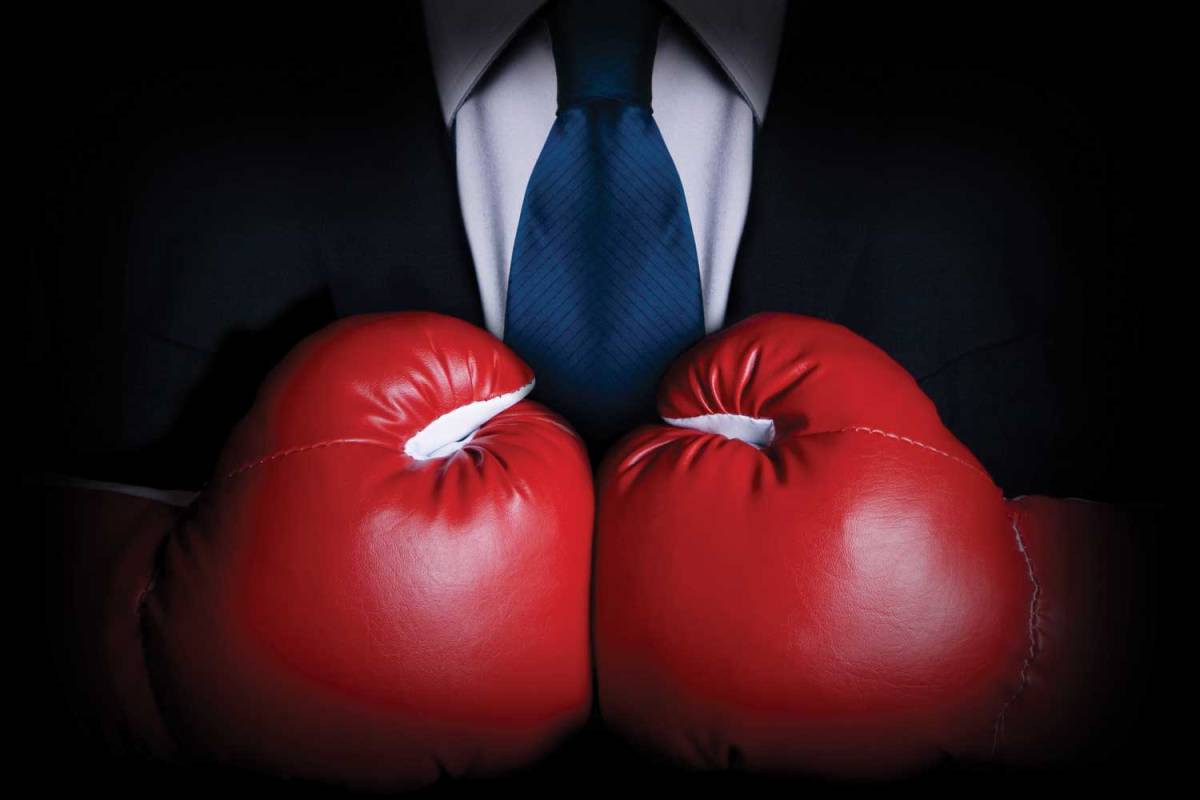
In late May, Anthropic CEO Dario Amodei appeared to kick open the door on a sensitive topic, warning that half of entry-level jobs could vanish within five years because of AI and push U.S. unemployment up to 20%.
But Amodei is far from alone in sharing that he foresees a workforce bloodbath. A new WSJ story highlights how other CEOs are also issuing dire predictions about AI’s job impact, turning employment doom into something of a competitive sport.
Several of these predictions came before Amodei’s comments. For example, at JPMorgan’s annual investor day earlier in May, its consumer banking chief Marianne Lake projected AI would “enable” a 10% workforce reduction.
But they’ve been coming fast, and growing more stark, ever since. In a note last month, Amazon’s Andy Jassy warned employees to expect a smaller workforce due to the “once-in-a-lifetime” technological shift that’s afoot.
ThredUp’s CEO said at a conference last month that AI will destroy “way more jobs than the average person thinks.” Not to be outdone, Ford’s Jim Farley delivered perhaps the most sweeping claim yet, saying last week that AI will “literally replace half of all white-collar workers in the U.S.”
It’s a dramatic shift from executives’ previous cautious public statements about job displacement, notes the Journal. Indeed, the outlet notes that while some tech leaders — including from powerful AI companies — have proposed that fears are overblown, the growing string of warnings suggests massive restructurings are coming, whether people are ready for them or not.
-
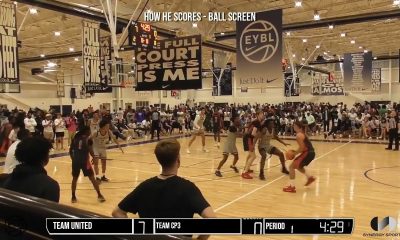
 College Sports3 weeks ago
College Sports3 weeks agoIU basketball recruiting
-

 Social Media3 weeks ago
Social Media3 weeks agoPune Athletes Make Global Mark at IRONMAN Hamburg and Brazil 2025
-

 Health3 weeks ago
Health3 weeks agoGymnast MyKayla Skinner Claims Simone Biles 'Belittled and Ostracized' Her amid Riley …
-

 Motorsports3 weeks ago
Motorsports3 weeks agoNASCAR Race Today: Mexico City start times, schedule and how to watch live on TV
-

 Motorsports3 weeks ago
Motorsports3 weeks agoNASCAR in Mexico City: Where to watch, start time, stream, lineup, race preview for inaugural Viva Mexico 250
-

 College Sports7 days ago
College Sports7 days agoWAC to Rebrand to UAC, Add Five New Members in 2026
-

 College Sports3 weeks ago
College Sports3 weeks agoLivvy Dunne honors boyfriend Paul Skenes with twist on LSU jersey
-

 High School Sports3 weeks ago
High School Sports3 weeks agoNew Bedford top stories
-

 Health3 weeks ago
Health3 weeks agoChicago Sky receive unfortunate reaction to 'mental health' statement with Angel Reese
-
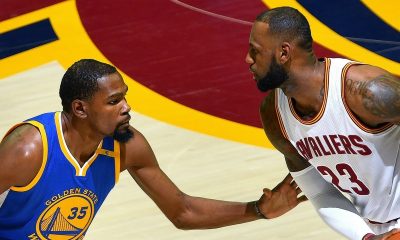
 Health3 weeks ago
Health3 weeks agoKyrie Irving's Strong Message Amid Men's Mental Health Awareness Month



